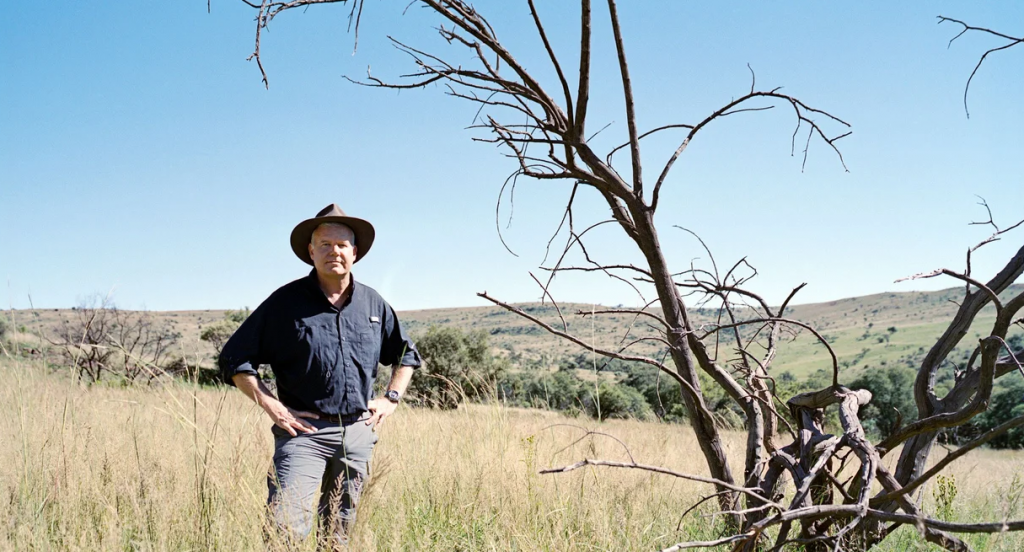
Biography of Prof. Lee R. Berger – A Paleoanthropologist
For people who are in the field of paleoanthropology, the name Prof. Lee R. Berger is a familiar name for them. Why? Prof. Lee R. Berger or also better known as Berger is one of the greatest paleoanthropologists who actively produces many scientific works and finds various kinds of fossils around the world. Therefore, the research study proposed by Berger becomes one of the references for other scientists in the field of paleoanthropology. In addition, Berger also often appears in various documentaries presented by National Geographic. Another thing that characterizes Berger is the large number of research results that he publishes in Open Access mode. This makes it easier for other scientists to read what he has found and develop other findings.
Prof. Lee R. Berger was born on December 22, 1965. He was born in America and has South African ancestry. He studied Bachelor Degree at Georgia Southern University and graduated in 1989 majoring in Anthropology/Archeology with a specialization in Geology. He then continued his Doctoral Degree education at the University of Witwatersrand (Wits) in the field of Palaeoanthropology. He conducted research under Professor Philip Tobias and graduated in 1994. Previously, in 1991 he had started his research at the Gladysvale site to find the remains of the first hominims to exist in South Africa. Thus, in 1933 he joined the Paleo-Anthropology Research Unit (PARU) which is now known as the Evolutionary Sciences Institute or ESI in Wits.

After graduating, Berger began a research career in paleoanthropology by joining the Palaeo-Anthropological Scientific Trust (PAST) as Executive Officer. He did this from 1994 to 2001. Subsequently, he started his career in various organizations such as the Royal Society of South Africa, Northern Branch from 1996 to 1998. He also joined the Fulbright Commission, South African in 2005. Meanwhile, in 19967 he was also appointed adjunct professor in the Department of Biological Anthropology and Anatomy at Duke University. Meanwhile, in 1998 he was appointed as an honorary assistant professor at the University of Arkansas in the Department of Anthropology.
Berger is one of the paleoanthropological scientists who has made many discoveries such as the discovery of fossils from Palau, Australopithecus sediba, and Homo naledi. Therefore, there are many research journal publications that he writes and publishes with his publishing team. Some of them are Homo naledi, a new species of the genus Homo from the Dinaledi Chamber, South Africa (2015) and Australopithecus sediba: a new species of Homo-like australopith from South Africa (2010). In addition, Berger has also published several research books, namely Redrawing the Family Tree?, Visions of the Past, Towards Gondwana Alive: promoting biodiversity and stemming the sixth extinction, In The Footsteps of Eve (written with Brett Hilton-Barber), Change Starts in Africa (in South Africa the Good News), Working and Guiding in the Cradle of Humankind, The Official Field Guide to the Cradle of Humankind: Sterkfontein, Swartkrans, Kromdraai and Environs World Heritage Site, The Concise Guide to Kruger, The Skull in the Rock: How a Scientist, a Boy, and Google Earth Opened a New Window on Human Origins, and Almost Human: The Astonishing Tale of Homo naledi and the Discovery That Changed Our Human Story.
